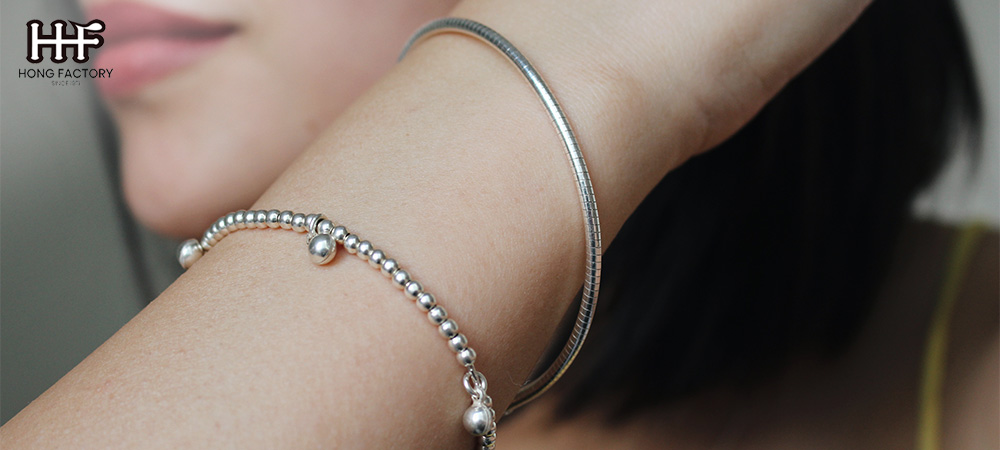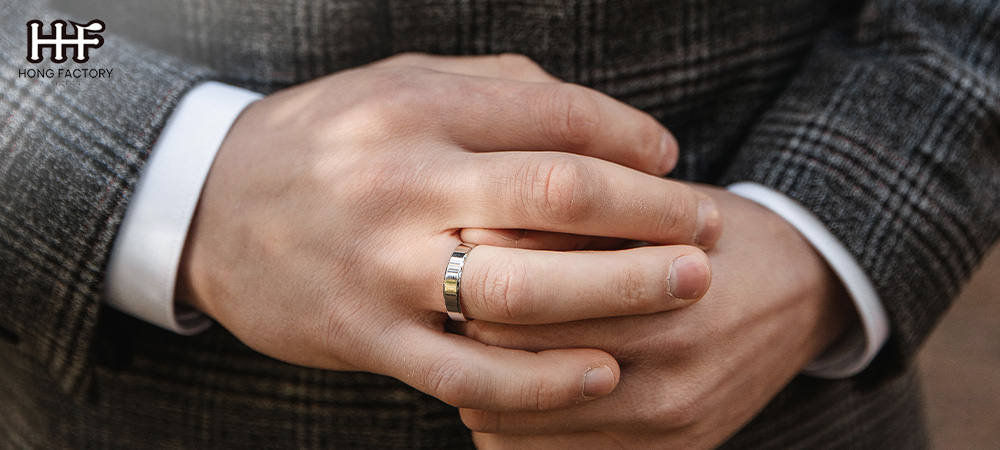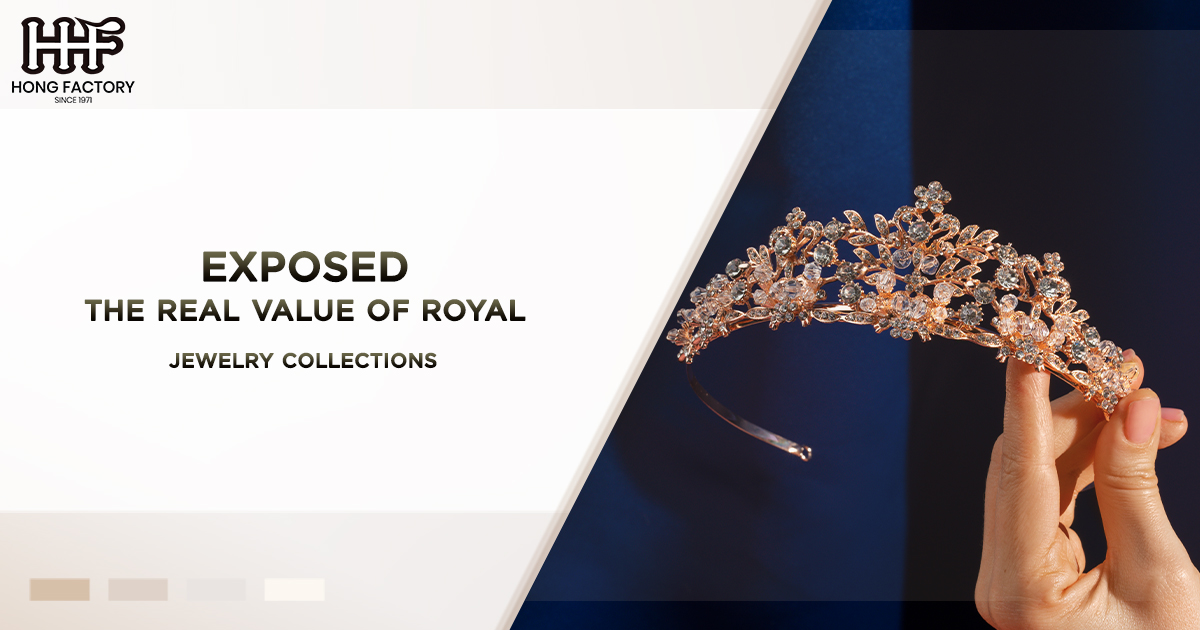The allure of royal jewelry extends beyond its glittering beauty, with each piece often steeped in history, cultural significance, and a legacy of opulence. These treasures not only serve as symbols of status and power but also hold immense economic value. This article delves into the historical significance, auction prices, and investment potential of royal jewelry collections, unraveling their true worth.
The Historical Value of Royal Jewelry
A Glimpse into the Past
Royal jewelry collections are rich in history, often passed down through generations and associated with significant historical events and personalities. These pieces serve as tangible connections to the past, offering insights into the cultural and political landscapes of their times.
Historically, royal jewels have been used as diplomatic gifts or tokens of alliances between countries. For instance, the famous Hope Diamond was once owned by French royalty and has a storied past involving multiple royal and influential figures. Each piece in a royal collection, therefore, can be seen as a chapter in a much larger narrative of historical events, from coronations and weddings to treaties and conquests.
These jewels often capture pivotal moments in history. The Crown Jewels of England, for example, are not only remarkable for their beauty but also for their resilience, having survived tumultuous periods such as the English Civil War. This deep historical context adds layers of value and intrigue, drawing historians and jewelers alike into their study.
Symbolism and Legacy
Beyond their material composition, royal jewels symbolize a continuity of tradition and heritage. They are emblematic of royal dynasties and have often played roles in the ceremonial aspects of monarchy, such as coronations, weddings, and state events. This imbues them with a legacy that transcends their intrinsic monetary value.
Symbolism is inherent in pieces like the Imperial State Crown, adorned with stones that have witnessed centuries of British history, including the Cullinan II diamond and the Black Prince’s Ruby. Tiaras and necklaces worn by queens and duchesses at their weddings not only highlight familial connections but also the enduring traditions of monarchy.
Moreover, many royal jewels have personal stories attached. The Duchess of Cambridge’s engagement ring, which previously belonged to Princess Diana, is not just a piece of jewelry but a symbol of continuity and remembrance within the British royal family. Such personal associations enhance the emotional and historical value of these pieces, making them irreplaceable treasures.

Auction Prices : The Market Value
Prestigious Auctions
Royal jewelry pieces, when they appear at auction, often attract considerable attention and fetch astronomical prices. Their provenance, historical significance, and rarity make them highly sought after by collectors and investors alike.
Prestigious auction houses like Sotheby’s and Christie’s host these sales with great fanfare, drawing global interest. The auctioning of the Bourbon-Parma family jewels, which included pieces once owned by Marie Antoinette, is a prime example. Her pearl and diamond pendant fetched over $36 million, more than ten times its estimated value, underscoring the premium attached to items with royal provenance.
These auctions are not just commercial events but also cultural phenomena. They provide a rare opportunity for the public and potential buyers to glimpse pieces that usually remain behind palace walls. For collectors, owning a piece of royal history is often seen as the zenith of connoisseurship.
Factors Influencing Prices
The auction prices of royal jewelry are influenced by several factors
- Provenance : Jewelry with a direct connection to well-known historical figures or events commands higher prices. The story behind a piece often adds to its allure and value. For instance, jewels from the Russian Imperial family, such as those owned by the Romanovs, often achieve high auction prices due to their historical context and tragic backstories.
- Rarity and Craftsmanship : Unique designs and exceptional craftsmanship can significantly affect a piece’s value. Limited availability, such as bespoke pieces created for specific royal occasions, further enhances desirability. The intricate workmanship of a Fabergé egg or a Van Cleef & Arpels piece can elevate a jewelry piece’s status and price.
- Market Trends : Economic conditions and trends in the luxury market play a role in determining auction prices. During economic booms, luxury items, including royal jewelry, often see increased interest as wealthier individuals seek to invest in tangible assets.
Record-Breaking Sales
One of the most famous sales was that of the ‘Elizabeth Taylor Collection,’ which included several pieces of royal provenance. The auction amassed $137 million, underscoring the extraordinary market appeal of royal jewelry with an established pedigree.
Collections like the Duchess of Windsor’s, featuring pieces from Cartier and Van Cleef & Arpels, have also set records. Her 1940 Cartier panther bracelet, a symbol of the Duke and Duchess’s opulent lifestyle, sold for over $12 million. Such sales highlight both the monetary and cultural value inherent in these pieces, demonstrating their powerful allure across decades.
Investment Potential : More than Just Glamour
A Tangible Asset
In today’s volatile financial markets, royal jewelry has emerged as a stable investment vehicle. Its tangible nature, coupled with historical significance, provides a hedge against inflation and economic downturns.
Unlike digital assets or stocks, which can fluctuate wildly, royal jewelry maintains inherent value due to its material components—precious metals and gemstones—and its historical importance. Investors often find comfort in the physicality of such assets, which retain beauty and value regardless of market conditions.
Diversification of Portfolio
For investors, royal jewelry offers an opportunity to diversify portfolios. Unlike stocks or bonds, these assets have intrinsic aesthetic and cultural value that persists regardless of market fluctuations.
Investing in royal jewelry allows for diversification into the realm of luxury collectibles, which can provide returns independent of traditional markets. This not only reduces risk but also offers a chance to possess items of cultural and emotional significance, which can be both personally and financially rewarding.
Appreciation Over Time
Historically, the value of royal jewelry has appreciated over time. The combination of metal and gemstone rarity, coupled with an illustrious history, ensures that these pieces remain in demand. As cultural interest in royal history endures, so does the appreciation of associated artifacts.
Collectors often see their investments grow as pieces become rarer and more desirable. The demand for historical artifacts, particularly those with captivating stories, tends to increase, promising potential long-term gains.
Challenges and Considerations
While the investment potential is significant, there are considerations to be mindful of
- Authentication : Ensuring the authenticity and provenance of jewelry is crucial. Buyers should seek pieces with well-documented histories and certifications. Authenticity verification, often conducted by experts, is vital to prevent counterfeit purchases.
- Preservation : Maintaining the condition of jewelry is essential to preserve its value. Professional cleaning and storage are necessary to prevent damage. Proper care can significantly enhance a piece’s longevity and marketability.
- Market Volatility : Although generally stable, the luxury market can be subject to shifts in taste and economic conditions, which may temporarily affect prices. Investors should stay informed about market trends and be prepared for fluctuations.

Conclusion
The real value of royal jewelry collections lies in a combination of historical significance, market desirability, and investment potential. These collections serve as remarkable testaments to human history, artistry, and cultural evolution.
For collectors and investors, royal jewelry offers not just the allure of owning a piece of history but also a potentially lucrative investment opportunity. As long as fascination with royalty and heritage continues, the value of these splendid artifacts is poised to grow, making them timeless treasures in the truest sense. Whether viewed as cultural symbols or financial assets, royal jewels remain a captivating blend of beauty, history, and wealth.
